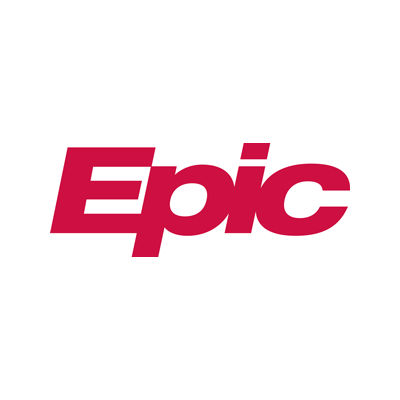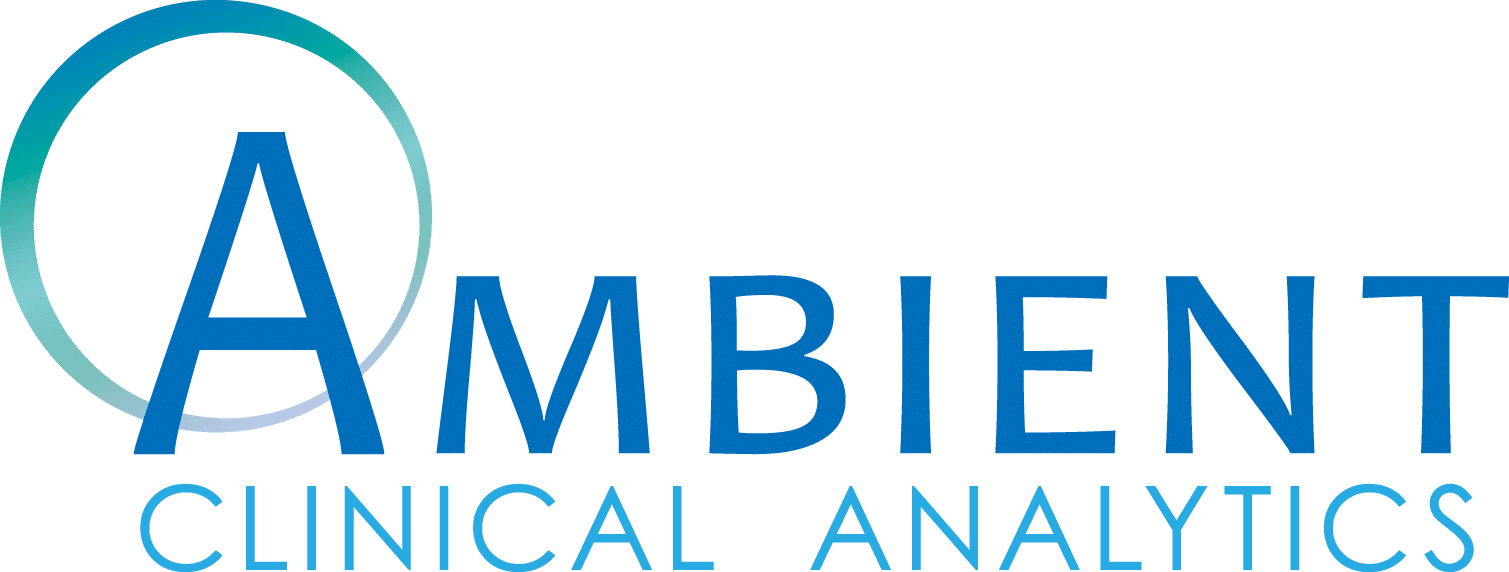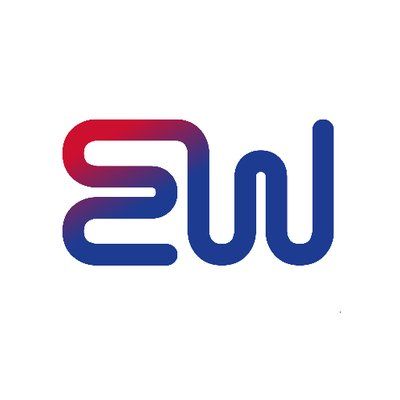Revenue Integrity Team:
Challenge: Identifying discrepancies in reimbursement rates across different payers.
Use Case: Your revenue integrity team can use the Fee Schedule Lookup Tool to quickly compare reimbursement rates for specific codes across payers, including government fee schedules. This helps identify underpayments and supports negotiations for fair reimbursement rates.
Contract Management Team:
Challenge: Negotiating favorable reimbursement rates with commercial payers.
Use Case: Your contract management team can leverage the tool to compile reimbursement data for specific codes and payers, providing a clear comparison of rates. This data can be exported and used as a reference during contract negotiations to secure better terms.
Billing & Coding Teams:
Challenge: Ensuring claims are submitted with accurate and compliant reimbursement rates.
Use Case: Your billing and coding teams can search the Fee Schedule Lookup Tool by specific codes to verify the correct reimbursement rate for each payer before submitting claims. This helps ensure accurate billing and reduces the likelihood of payment discrepancies.
Physician Advisors & Utilization Review Team:
Challenge: Evaluating the financial impact of clinical decisions based on payer reimbursement rates.
Use Case: Your physician advisors can use the tool to review and compare reimbursement rates for different procedures across payers. This information can guide clinical decision-making and support cost-effective care planning while maintaining alignment with payer policies.
Compliance Officers:
Challenge: Staying compliant with payer-specific fee schedule updates and avoiding penalties.
Use Case: Your compliance officers can utilize the Fee Schedule Lookup Tool to monitor updates to government fee schedules and commercial payer rates. By accessing the latest data, they can proactively adjust internal billing practices and policies to ensure compliance.
Finance Department:
Challenge: Forecasting revenue based on current and projected reimbursement rates.
Use Case: Your finance department can export fee schedule data for analysis, helping to project revenue based on expected reimbursement rates. This data can be used to build more accurate financial models and budget forecasts.
Prior Authorization Team:
Challenge: Determining cost-effectiveness of procedures based on payer reimbursement rates.
Use Case: Your prior authorization team can use the tool to quickly look up the expected reimbursement rates for procedures requiring authorization. This information helps in assessing the financial viability of requested treatments and aids in the approval process.
Case Management & Patient Advocacy:
Challenge: Helping patients understand out-of-pocket costs and insurance coverage.
Use Case: Your case managers can access reimbursement rate information for specific codes and payers, giving them the data needed to estimate patient financial responsibility. This helps provide more accurate cost estimates and supports patient education on coverage.
Pharmacy Team:
Challenge: Understanding reimbursement rates for medications and procedures tied to pharmacy services.
Use Case: Your pharmacy team can search the Fee Schedule Lookup Tool for specific codes related to medications or infusion services. This allows them to compare payer reimbursement rates and adjust pricing strategies or inventory decisions accordingly.
Executives & Leadership:
Challenge: Gaining insight into payer reimbursement trends to guide strategic decisions.
Use Case: Your executive team can use the Fee Schedule Lookup Tool to analyze trends in reimbursement rates across key payers. The interactive format and exportable data provide actionable insights that inform strategic planning, contract negotiations, and financial decision-making.


























